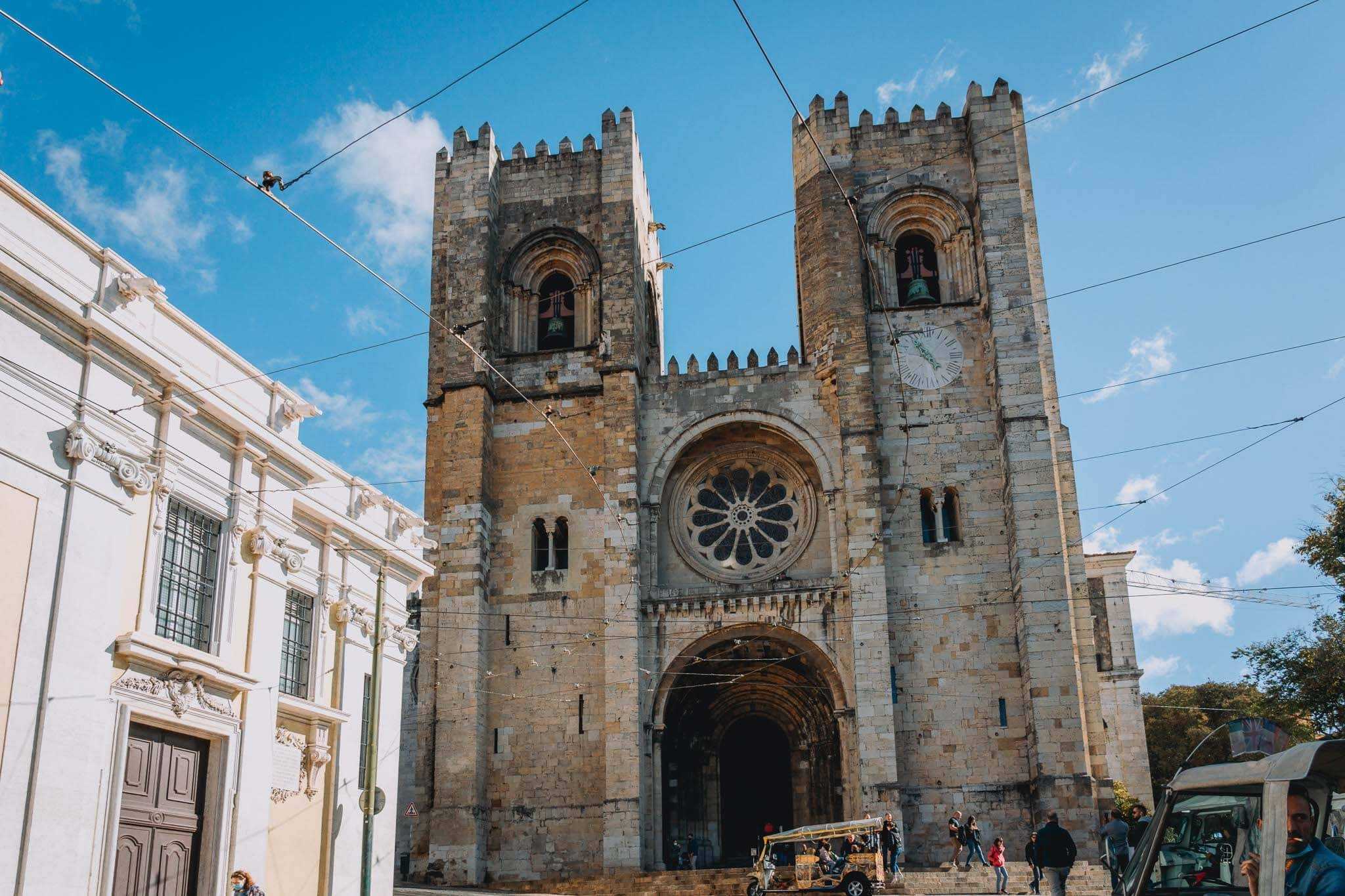Discovering the Lisbon Cathedral: Sé de Lisboa
Lisbon, the vibrant capital of Portugal, is a city rich in history and culture. Among its many architectural gems, the Lisbon Cathedral, known as Sé de Lisboa, stands out as a must-visit landmark. This magnificent structure, with its blend of Romanesque, Gothic, and Baroque styles, offers visitors a glimpse into the city’s past and a chance to appreciate its enduring beauty. Whether you’re a history enthusiast, an architecture lover, or simply a curious traveler, exploring the Lisbon Cathedral is an experience not to be missed.
A Glimpse into History
The Lisbon Cathedral is the oldest church in the city, with its construction dating back to the 12th century. It was built shortly after the city was recaptured from the Moors by King Afonso I in 1147. The cathedral was constructed on the site of a former mosque, symbolizing the Christian reconquest of Lisbon. Over the centuries, the cathedral has undergone numerous renovations and restorations, each adding layers to its rich history.
As you approach the cathedral, you’ll notice its imposing façade, characterized by two massive bell towers and a rose window. These features are typical of Romanesque architecture, which was prevalent during the time of its construction. Inside, the cathedral houses a treasury filled with religious artifacts, including relics of Saint Vincent, the patron saint of Lisbon. Exploring the cathedral’s interior, you’ll find a mix of architectural styles, reflecting the various periods of its development.
Architectural Marvels
The Lisbon Cathedral is a testament to the city’s architectural evolution. Its Romanesque foundation is evident in the solid, fortress-like structure, while the Gothic elements are visible in the pointed arches and ribbed vaults. The cathedral’s cloister, added in the 14th century, is a fine example of Gothic architecture, with its elegant arches and intricate stone carvings.
One of the most striking features of the cathedral is the main chapel, which was rebuilt in the 18th century in the Baroque style. The chapel’s ornate decoration, with its gilded woodwork and elaborate altarpiece, contrasts with the more austere Romanesque and Gothic elements. This blend of styles creates a unique and captivating atmosphere, inviting visitors to explore every corner of the cathedral.
Don’t miss the chance to climb the bell towers for a panoramic view of Lisbon. From this vantage point, you can see the city’s red-tiled rooftops, the Tagus River, and the iconic 25 de Abril Bridge. It’s a perfect spot for photography enthusiasts looking to capture the beauty of Lisbon from above.
Practical Tips for Visiting
When planning your visit to the Lisbon Cathedral, there are a few practical tips to keep in mind. The cathedral is located in the Alfama district, one of the oldest and most charming neighborhoods in Lisbon. It’s easily accessible by public transportation, with several tram and bus lines stopping nearby. If you prefer walking, the cathedral is within a short distance from other popular attractions, such as the São Jorge Castle and the Fado Museum.
The cathedral is open to visitors daily, but it’s advisable to check the opening hours in advance, as they may vary depending on religious services and events. Admission to the cathedral is free, but there is a small fee to enter the cloister and treasury. Guided tours are available for those interested in learning more about the cathedral’s history and architecture.
Dress modestly when visiting the cathedral, as it is a place of worship. Photography is allowed, but be respectful of those who are there to pray or attend services. Lastly, take your time to explore the surrounding Alfama district, with its narrow streets, traditional Fado music, and local eateries offering delicious Portuguese cuisine.
